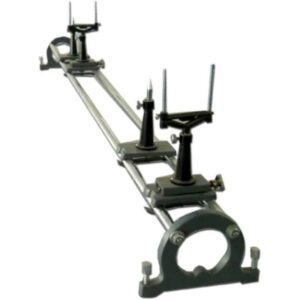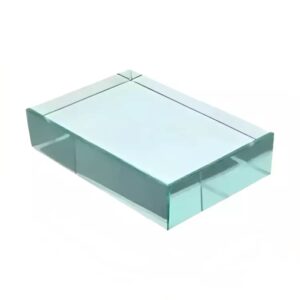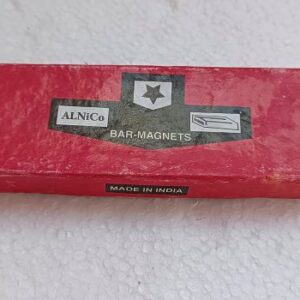A pencil jockey is a tool used in physics experiments to measure the potential difference between two points in a circuit. It is a small, pen-like device with a sharp metal point at one end and a terminal at the other. The metal point is used to make contact with the circuit, and the terminal is connected to a voltmeter or other measuring device.
The pencil jockey is named for its resemblance to a pencil. It is also sometimes called a “contact probe” or “voltmeter probe”.
Pencil jockeys are used in a variety of physics experiments, including the Wheatstone bridge and the potentiometer. They are also used in electronics troubleshooting to identify the source of a voltage drop.
To use a pencil jockey, first connect the terminal to the measuring device. Then, touch the metal point to the circuit at the point where you want to measure the potential difference. The measuring device will display the voltage between the two points.
Pencil jockeys are a versatile and useful tool for physics experiments. They are relatively inexpensive and easy to use, making them a valuable addition to any physics lab.








Leave a Reply